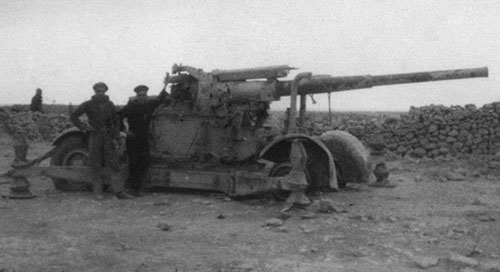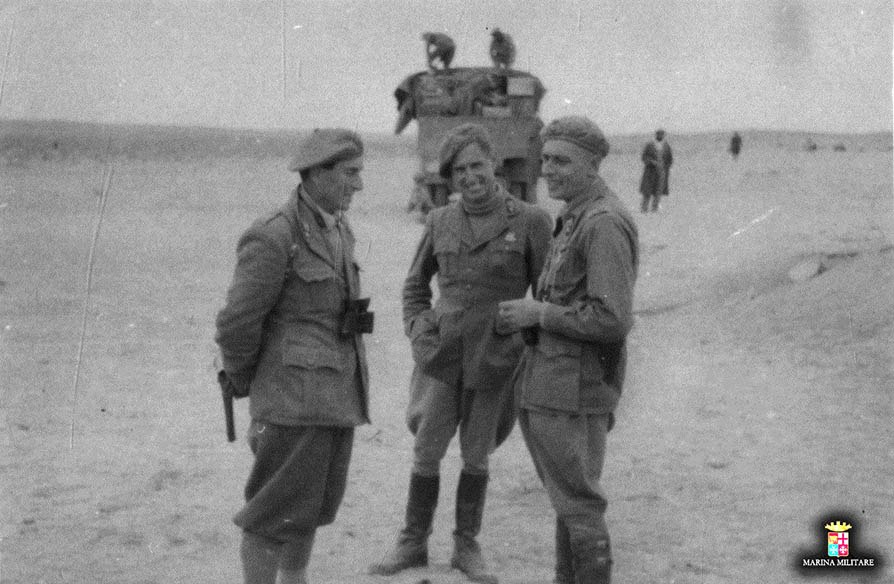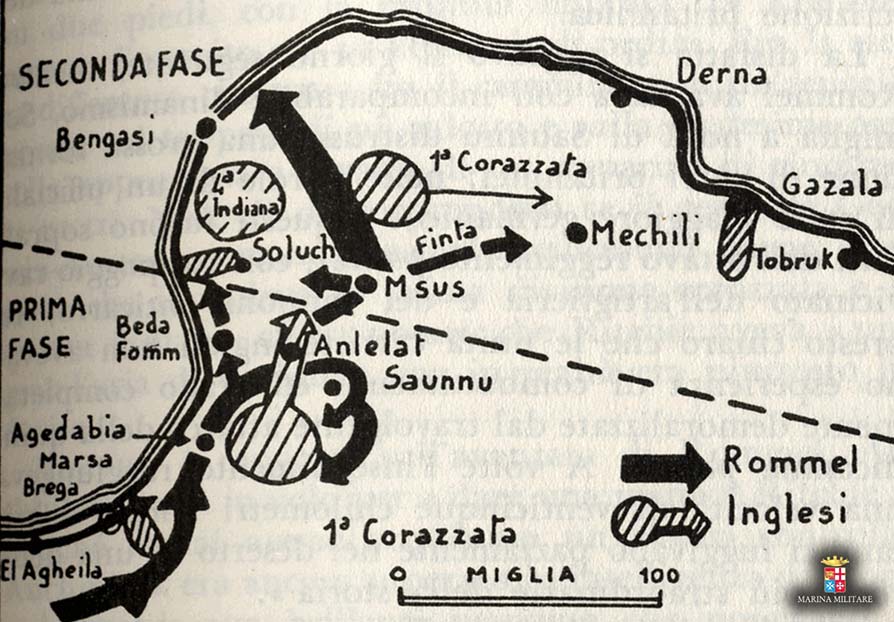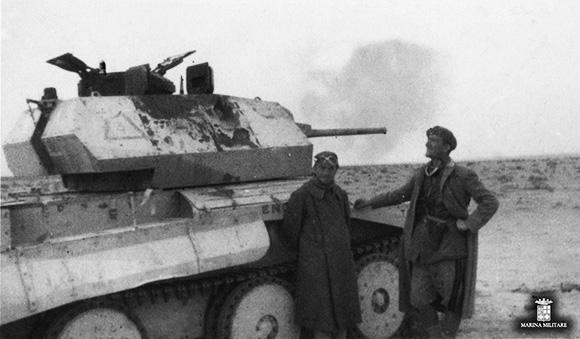Shortly after the operation has been completed Crusader (World War II), which ended in December 1941 with a British victory over the Axis troops, "the improbable happens and the enemy without warning began to advance ..." these are the words of the British general Auchinleck to mean that on 21 January 1942 Rommel had decided to go on the counter-offensive. The III Battalion San Marco, framed in the Sabratha division and made up of 536 men, was the first to undertake the advance against the English positions.
The Italian-German maneuver was aimed at placing troops between the city of Benghazi and the first British armored division, under the command of General Sir Frank Messervy and located east of Agedabia, through a march of approach on two columns, one on Via Balbia , the other in the desert along Wadi Faregh, with the final aim of encircling the British.
The 22 January of the 1942 the San Marco moved towards Agedabia: in less than three hours the city was completely occupied and not without some difficulties; the Long Range Desert Group of the British Army tried to counter the offensive and the British did not spare the Battalion from exhausting air bombardments which, however, did not affect the responsiveness of the men of San Marco, succeeding the latter in overthrowing some enemy aircraft.
The British high command hardly believed that a displacement of men and equipment of this size could take place in such a short span of time and initially downgraded the operation as a simple reconnaissance; this infuriated the British front-line soldiers who saw their actions discredited, having themselves tried to stem the massive attack by the marines.
But the rise of the war of San Marco was only in its infancy: the 25 January the Battalion attacked Antelat city of primary strategic importance, in fact become one of the bases of the Royal Air Force stationed there for several weeks, located near the intersection of slopes to the oases of Giarabub and Gialo as well as to the Carce plateau. It is easy to understand how, at such a short distance from the enemy flight fields, the risk of aerial bombardments was extremely high for Italian sailors.
 The British, however, caught by surprise, were not able to take advantage of the tactical advantage they had, succeeding in taking off only a few Kittyhawk and Hurricane fighters. As the British air forces turned back to Msus, Antelat fell at 15: 30.
The British, however, caught by surprise, were not able to take advantage of the tactical advantage they had, succeeding in taking off only a few Kittyhawk and Hurricane fighters. As the British air forces turned back to Msus, Antelat fell at 15: 30.
It was the second victory of the San Marco in less than three days. In the 48 hours after the battle, due to the rapid advance, the supplies were lost: it was only thanks to the iron discipline, the sense of duty and unconditional self-denial that the morale of the 481 infantrymen of Marina, remained in force after the battalion after the confrontation could keep itself constantly high.
The occupation of Antelat was so rapid and sudden that in the English dispatches it was claimed that to undertake it had been a real commando, that is, special forces of highly trained elites. The use of the term "commando" should be considered otherwise flattering if compared to the fact that the San Marco was used for the performance of tasks and actions very different from those for which the men of the Battalion had been prepared. Arrived in North Africa in November 1941, trained mainly for the war of position, the San Marco was deployed to the front in a hurry, so much so that training and amalgam were carried out on site, and employed in operations of assault.
Thus it was that the English had to bitterly acknowledge that the success of the operation had been superior to any prediction they had made. Antelat was thus the first test of the courage and resistance of the men of San Marco in Africa.















